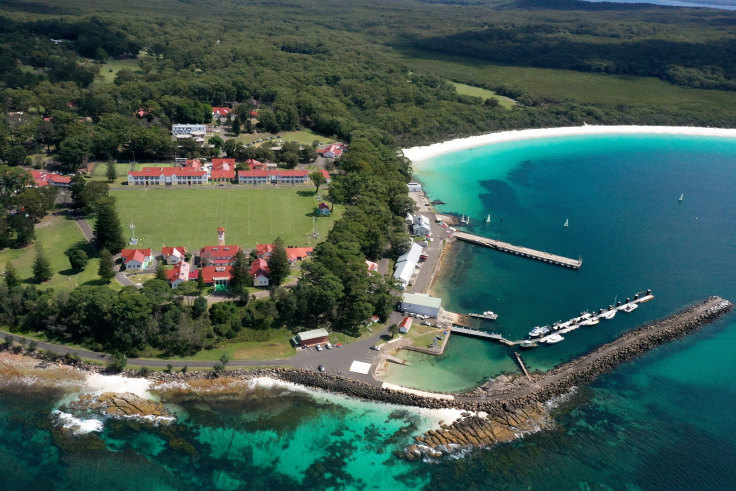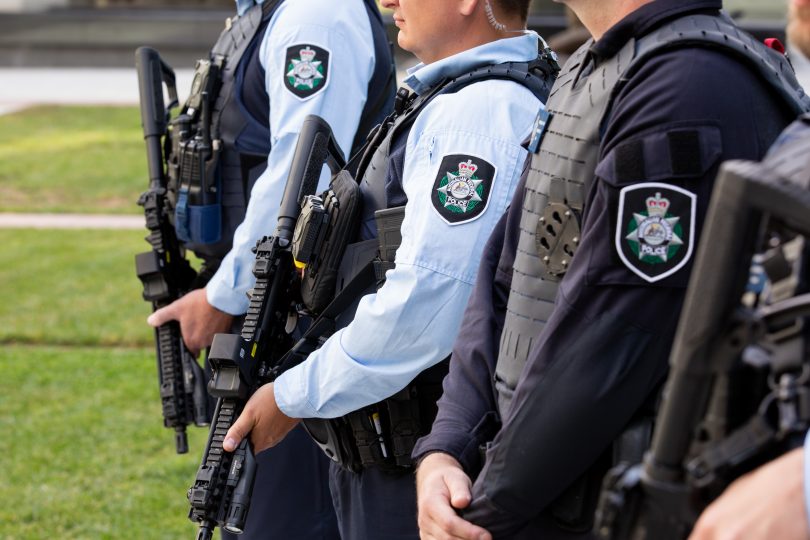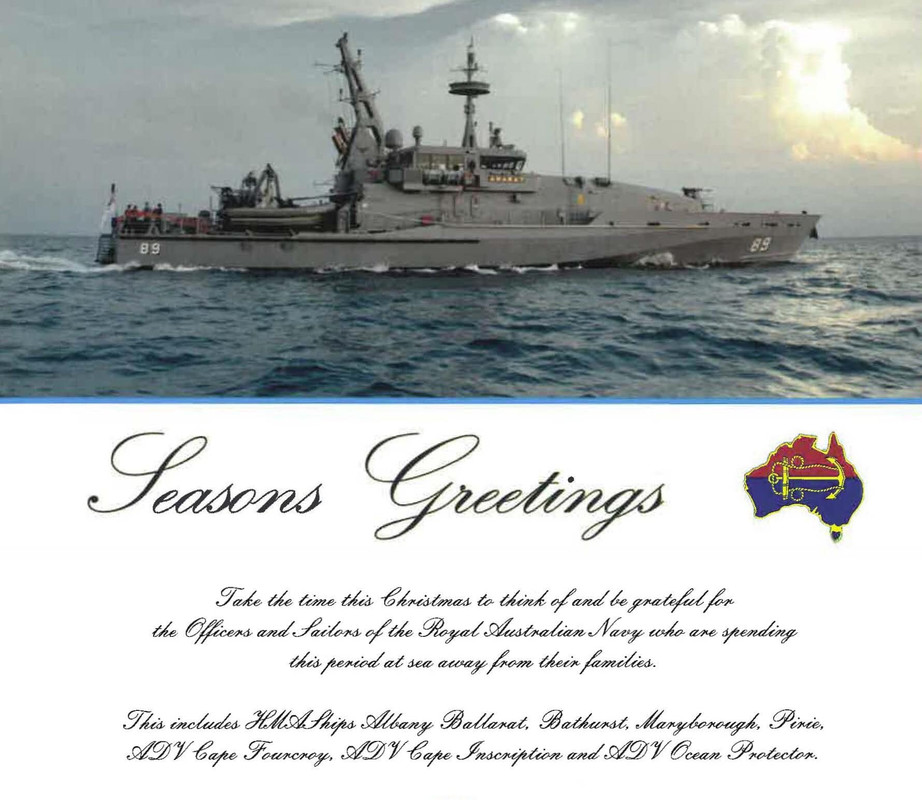- Jul 2, 2018
- 2,972
 | 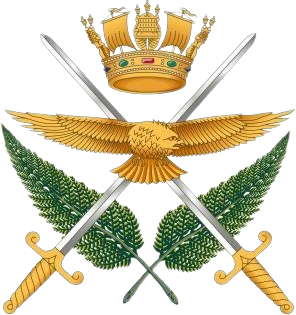 |
 |  |
EXERCISE OCEAN EXPLORER 2004 |
 |
| Objectives: | Develop Navy's task group capability and to operate a number of ships under one commander and focus primarily on sea control operations which can include the full spectrum of maritime security operations from diplomacy and international engagement at one end, through to humanitarian and disaster relief, constabulary and peacekeeping operations, and at the upper end of the spectrum, warfighting. To test anti-air and anti-submarine warfare, maritime strike and interdiction, maritime advance force operations, maritime special operations and command and control. |
| Date: | 30 October 2004 - Present |
| Location: | Tasman Sea, Jervis Bay, Jervis Bay Territory, Beecroft Weapons Range, HMAS Creswell, HMAS Albatross |
| Status: | Ongoing |
BELLIGERENTS |
 Australia Australia
 New Zealand New Zealand
|
COMMANDERS AND LEADERS |
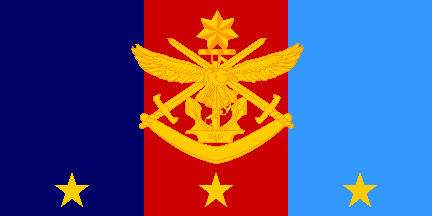 Vice Admiral David Johnston (Chief of Joint Operations, Australia) Vice Admiral David Johnston (Chief of Joint Operations, Australia)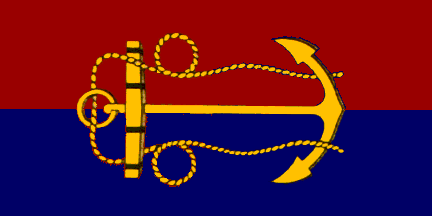 Vice Admiral Russ Crane (Chief of Navy, Australia) Vice Admiral Russ Crane (Chief of Navy, Australia)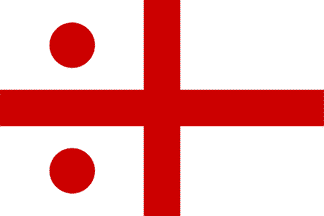 Rear Admiral Stuart Mayer (Commander Australian Fleet) Rear Admiral Stuart Mayer (Commander Australian Fleet)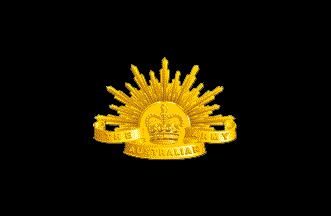 Major General Mike Hindmarsh (Special Operations Commander Australia) Major General Mike Hindmarsh (Special Operations Commander Australia)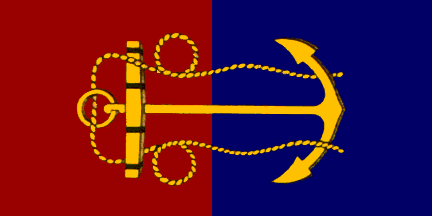 Rear Admiral David Ledson (Chief of Navy, New Zealand) Rear Admiral David Ledson (Chief of Navy, New Zealand)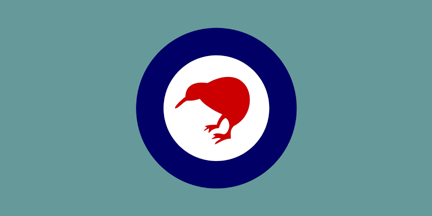 Air Vice Marshal Graham Lintott (Chief of Air Force, New Zealand) Air Vice Marshal Graham Lintott (Chief of Air Force, New Zealand) |
UNITS INVOLVED |
Royal Australian Navy:
|
Last edited:






